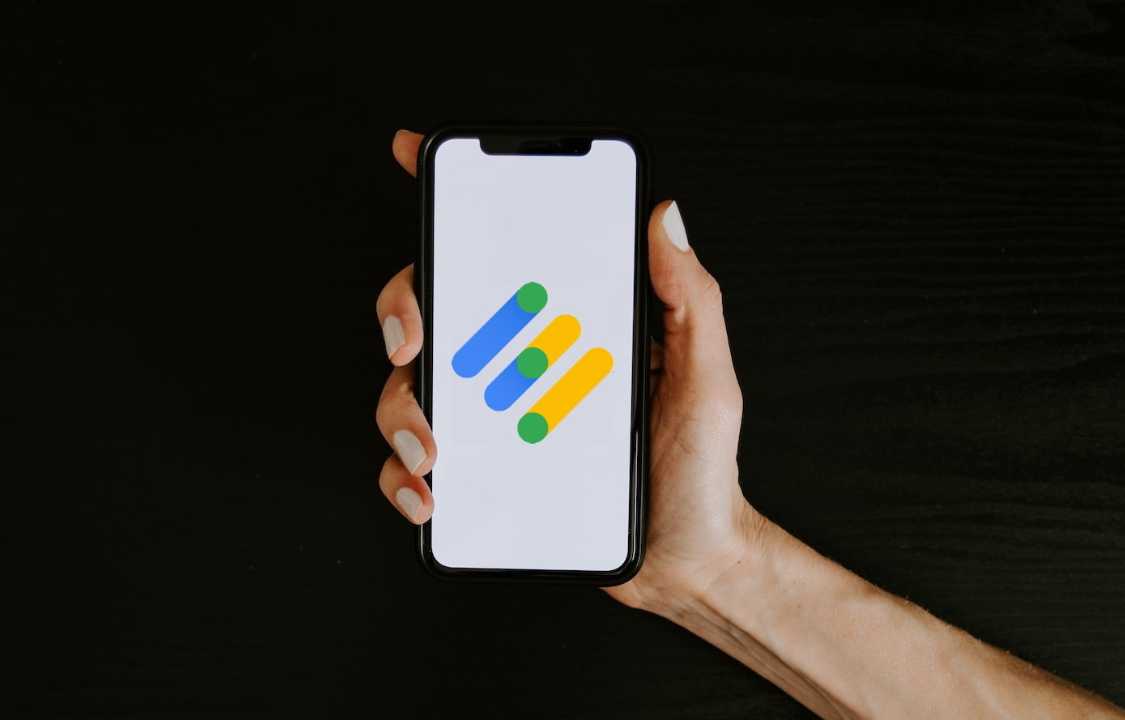Success Strategies for Managing Google Mobile Ad Monetization Changes

by local
Google, as one of the tech giants and a major player in the digital advertising industry, often introduces changes and updates to its ad monetization policies and platforms. These changes can significantly impact the strategies and revenue streams of publishers, advertisers, and developers in the mobile advertising ecosystem. In this guide, we will explore the recent mobile ad monetization changes introduced by Google, their implications, and strategies to navigate these changes successfully.
Understanding Mobile Ad Monetization
Mobile ad monetization is the process of generating revenue through advertisements displayed within mobile apps, mobile-optimized websites, and other mobile platforms. This revenue is typically generated through various monetization methods, such as in-app ads, mobile web ads, and mobile video ads. Google, with its vast advertising network and technologies, plays a crucial role in the mobile ad monetization landscape.
Google’s Recent Mobile Ad Monetization Changes
Google has made several notable changes and updates to its mobile ad monetization ecosystem. These changes have important implications for publishers, advertisers, and app developers:
1. Removal of Third-Party Cookies:
- Why It Matters: Google announced its intention to phase out support for third-party cookies in its Chrome browser. This move aligns with the broader industry trend of enhancing user privacy.
- Implications: Advertisers will face challenges in tracking user behavior across the web, impacting their ability to deliver targeted ads. Publishers will need to explore alternative ad targeting methods.
2. Privacy Sandbox:
- Why It Matters: Google is developing the Privacy Sandbox, a set of privacy-focused APIs (Application Programming Interfaces) aimed at enabling personalized advertising without relying on individual user tracking.
- Implications: Advertisers and publishers will need to adapt to new tools and technologies within Privacy Sandbox to continue delivering relevant ads while respecting user privacy.
3. FLoC (Federated Learning of Cohorts):
- Why It Matters: Part of the Privacy Sandbox initiative, FLoC aims to group users into cohorts based on their browsing habits rather than tracking individual user behavior.
- Implications: Advertisers must shift from targeting individual users to targeting user cohorts, requiring adjustments in ad creatives and messaging.
4. First-Price Auctions:
- Why It Matters: Google Ads has transitioned to a first-price auction model for its real-time bidding (RTB) auctions. In this model, the winning bidder pays the exact amount they bid, rather than the second-highest price.
- Implications: Advertisers and publishers must rethink their bidding strategies and budgets to adapt to the first-price auction model.
5. User Consent and Transparency:
- Why It Matters: User consent and transparency in data collection and usage are emphasized more than ever. Google’s changes align with increased user demand for data privacy.
- Implications: Publishers and advertisers must prioritize obtaining user consent and clearly communicating data usage practices to users.
Implications for Your Mobile Ad Monetization Strategy
Google’s recent mobile ad monetization changes have several implications for your strategy:
1. Targeting Adaptation:
Expect a shift from individual user tracking to targeting user cohorts. Invest in understanding and utilizing cohort-based targeting methods.
2. Ad Creative Adjustments:
Revise ad creatives to align with cohort-based targeting and privacy-focused advertising. Highlight the benefits of contextual targeting and personalized user experiences.
3. Measurement Challenges:
Explore alternative measurement and analytics solutions as third-party cookies become less effective. Consider first-party data and tools within the Privacy Sandbox for valuable insights.
4. Budget Reallocation:
Evaluate and adjust your ad budgeting and bidding strategies to align with the first-price auction model. Continuously monitor bid strategies for optimal performance.
5. Consent and Transparency Focus:
Prioritize user consent and transparency in data practices. Inform users about cohort-based targeting and how their data is used.
Strategies for Navigating Google’s Mobile Ad Monetization Changes
To successfully navigate Google’s mobile ad monetization changes, consider these strategies:
1. Diversify Data Sources:
Reduce reliance on third-party cookies and explore alternative data sources, such as first-party data and contextual information, for audience targeting.
2. Privacy-Centric Approach:
Embrace a privacy-centric approach in your mobile ad monetization strategy. Make user consent and transparent data practices a top priority.
3. Stay Informed and Adapt:
Stay up-to-date with developments in Privacy Sandbox and Google’s changes. Being informed will help you make timely adjustments to your strategy.
4. Test and Iterate:
Continuously test different targeting approaches, ad formats, and messaging to identify what works best in the new landscape.
5. Collaborate with Partners:
Collaborate closely with ad networks, exchanges, and technology providers to leverage their expertise in navigating the changing advertising ecosystem.
Conclusion
Google’s recent mobile ad monetization changes reflect the industry-wide shift towards enhanced user privacy and data protection. While these changes pose challenges, they also present opportunities for innovation and creating more user-friendly and effective advertising experiences. By proactively adjusting your mobile ad monetization strategy to align with the evolving advertising landscape, you can continue to thrive and succeed in the dynamic world of mobile advertising.



